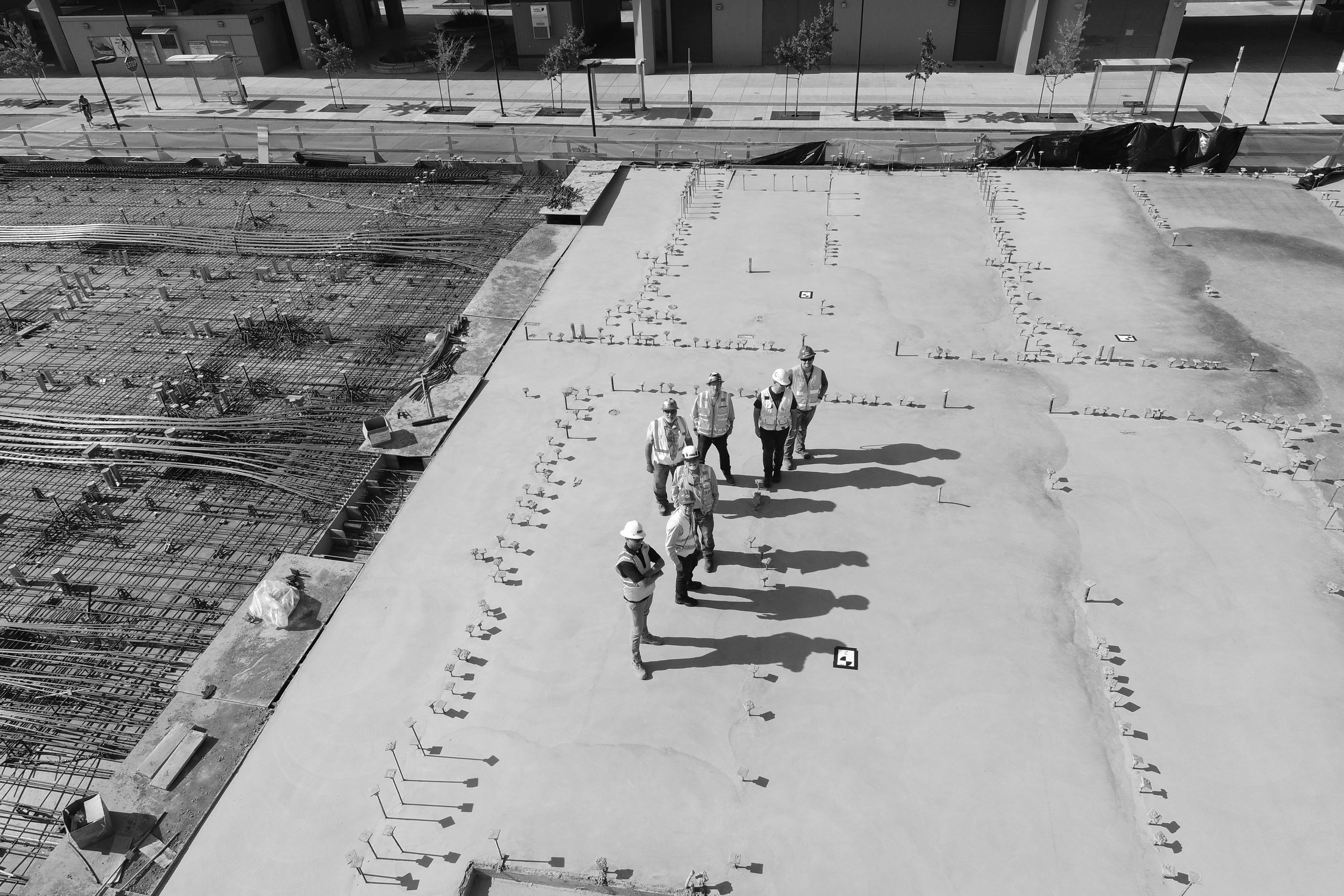
- ...
- TransLogic Blog
- Pre-Design Meetings & Why They’re Important
Pre-Design Meetings & Why They’re Important
Pre-Design Meetings Prevent Costly Errors
Reading Time: 4 min.
11/26/2023
Matthew Carney | 26 October, 2023
Minimize Hospital Design Confusion
Several key elements must come together perfectly to successfully design and execute a hospital construction project. And there are many people involved. The buyer needs to be able to articulate the needs and involve key stakeholders in the construction process. The architect needs to find the right general contractor for the job. That person in turn needs to bring in engineers for mechanical, electrical, plumbing, and specialty installations like pneumatic tube systems, all of whom must work seamlessly together to ensure that by the time the hardhats go on, they have ironed out all the wrinkles and everyone is thumbs up in the pre-design phase.
How do they get it right from the beginning? That is where planning is critical for success. The better organized and in sync the team is well before hospital construction begins, the better the outcome will be. That’s what the pre-design phase is all about.
Defining Pre-Design
As is the case in many industries, terms attached to processes can vary. So what one person refers to as “X” may be referred to as “Y” by someone else, when describing essentially the same process. It can cause confusion, especially in something as multifaceted as hospital construction, with its complex roadmap of multiple tasks, goals, and timetables.
Such is the case with the pre-design phase, which helps set the guidelines for the design and construction of hospitals.
Some architects and general contractors refer to the pre-design phase as the programming or project definition phase. We will often see pre-design rolled in with schematic design, packaging the entire process as the “schematic design phase”. Others will include the very early stage of investigation and research as part of the pre-design phase. And, in the case of a new hospital construction, the pre-design phase primarily involves site analysis and zoning requirements.
Given the potential for confusion it’s important to clarify what exactly is included in the various phases from initial all the way through to completion. Central to the pre-design phase and often the first step involving key stakeholders is the pre-design meeting.
What are Pre-Design Meetings and When Do They Occur?
Let’s use the example of installing a pneumatic tube system, since that’s our area of expertise:
When do they occur? They typically occur after initial research has been conducted. The pre-design phase is the period preceding the schematic design (SD) phase.
Who should be involved? It should involve the owner, architect, system experts (at TransLogic, we have our own tube system experts), facilities managers, general contractor, and any other stakeholders whose initial input is needed.
What is discussed? Several areas are discussed and the input organized to clarify the scope of the project. This may include:
- Analysis of space requirements
- Conceptual design ideas
- Options for specialized components, such as a pneumatic tube system
- Identification of potential design challenges
(i.e., site constraints, building code compliance) - Budget and funding
- ROI
- Insurance
- Permitting
- Scheduling

How Do Pre-Design Meetings Guide the Construction Process?
The pre-design phase includes a number of critical steps which will support all subsequent phases of the project. More specifically, the information collected and analyzed in a pre-design phase meeting will dovetail into the first operational phase of the project: the schematic design (SD).
For an installation of a hospital’s pneumatic tube system, the schematic design (SD) will include refinement of the initial ideas and a creation of a draft that details the functionality, space utilization, quantity, cost, and location of key components for the tube system, such as blowers, transfer units, and individual stations.
It will also account for desired options noted in the pre-design phase meeting. For example, will narcotics be transported? If so, stations must be locked for security.
What Can Go Wrong Without Pre-Design Meetings?
A lot.
Not including key stakeholders in the pre-design phase meeting can create confusion right at the point where clarity is so important. And the ripple effect can be damaging to the entire project. Because all points lead back to the original hospital design. When that’s off, everything is off.
Again, looking at a pneumatic tube system installation, here are a few key areas where a poorly executed pre-design phase meeting can have negative repercussions:
- Improper allocation of space to house the tube system.
- Insufficient electrical load to run the tube system.
- Networking considerations and extensive rework of other mechanical systems with regard to space planning.
- Noise issues, caused by poor location of blowers in patient care areas.
- Unlocked tube system stations creating security risks.
- Improper maintenance access to critical components.
Like all things, tube systems don’t last forever but the foundation of a tube system can be used to reinvigorate the hospital’s transport efficiency. Recurring issues can quickly snowball, impacting everything from materials procurement to workers to schedules. In most cases a complete redesign and, depending on how far the project has gone, a rebuild is needed.
Reduce Errors By Involving Engineers Early in the Pre-Design Phase
Leave them out of the equation and you can end up with a six-figure rework. A case in point is a hospital construction project in Dallas, which included a multi-station pneumatic tube system.
The electrical engineer was unaware of the requirements associated with this highly specialized type of installation. Therefore, he had not allocated sufficient power capacity to support the 10+ blowers and multi-stations required by the pneumatic tube system. As a result, a complete redesign of the electrical infrastructure, a new transformer, and a change order for all new wiring had to be initiated.
In our example of installing pneumatic tube systems, had the TransLogic expert been included in the pre-design meetings, the information and requirements for the pneumatic tube system would have been communicated in a team setting with all key individuals involved in creating that design. There would have been sufficient electrical capacity allocated and an overall optimized configuration from the start. Thousands of dollars would have been saved.
A Well-Coordinated Hospital Pre-Design Phase Meeting Results in Saved Dollars and a Better Build
A hospital construction project requires an abundance of planning and foresight. From the preliminary research, site analysis and zoning requirements, to the pre-design phase for hospital construction all the way through to the construction phase, all aspects of the job need to be in sync at all times.
And, whether it is for a new hospital build, tower, wing, or for something as specialized as a hospital tube system, it all begins with having the right individuals and expertise in the room from the very beginning.
Get it right in the first place and you’ll be rewarded with a successful hospital construction project that serves everyone, most importantly the patients.
Talk to our experts
Contact our knowledgeable specialists to discover how our range of automation solutions can boost efficiency, reduce costs and enhance care at your healthcare facility.
Contact us